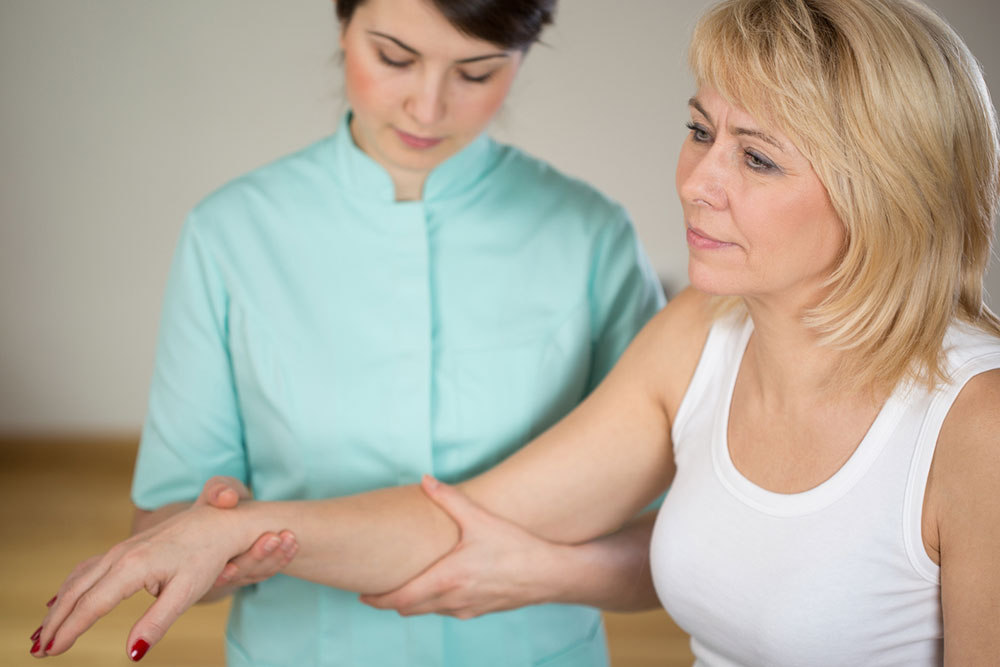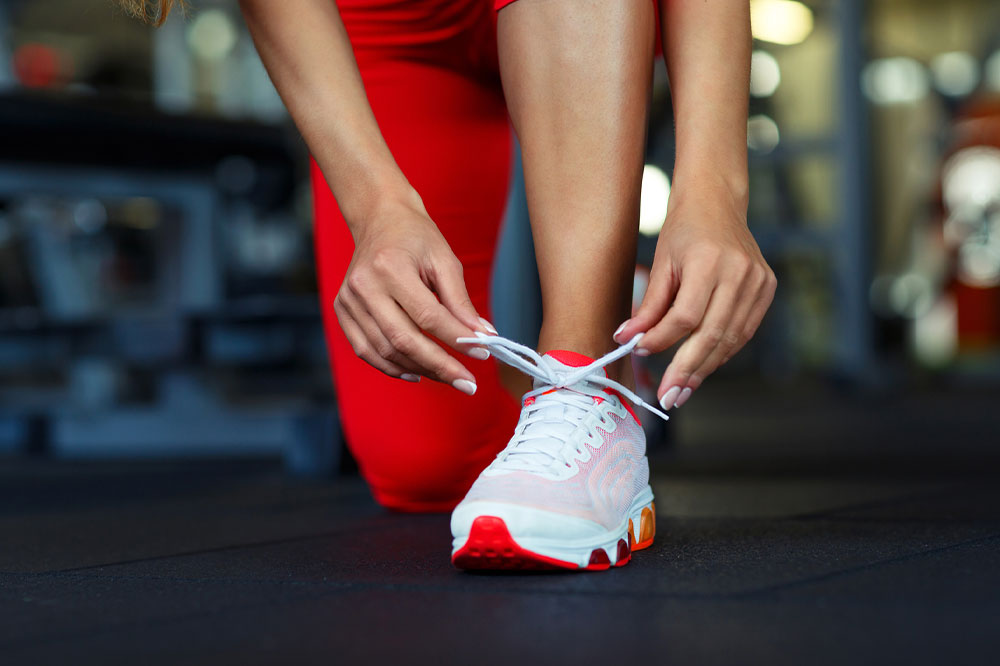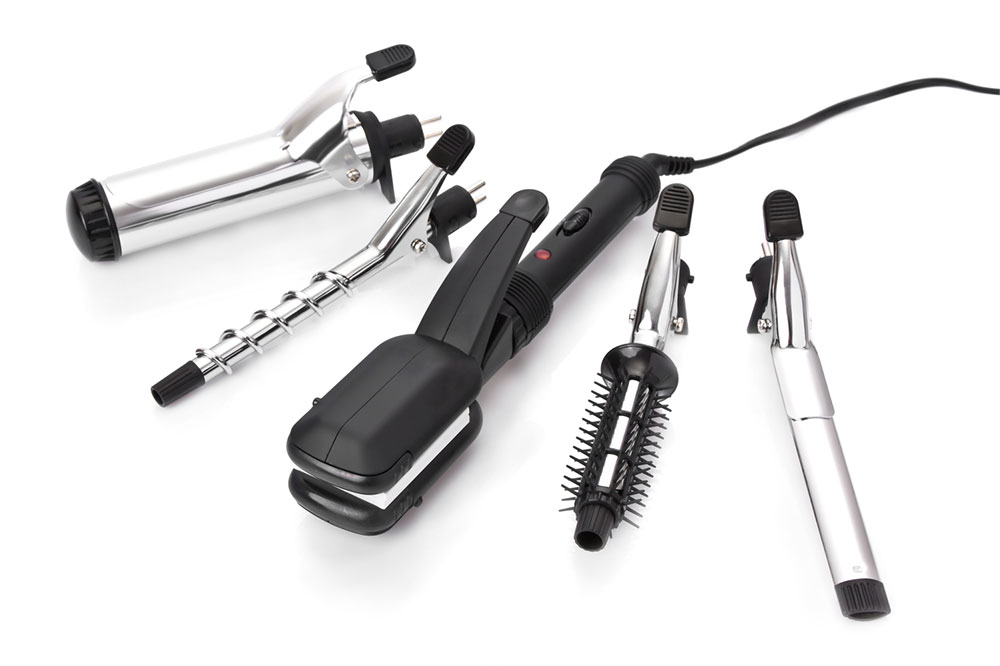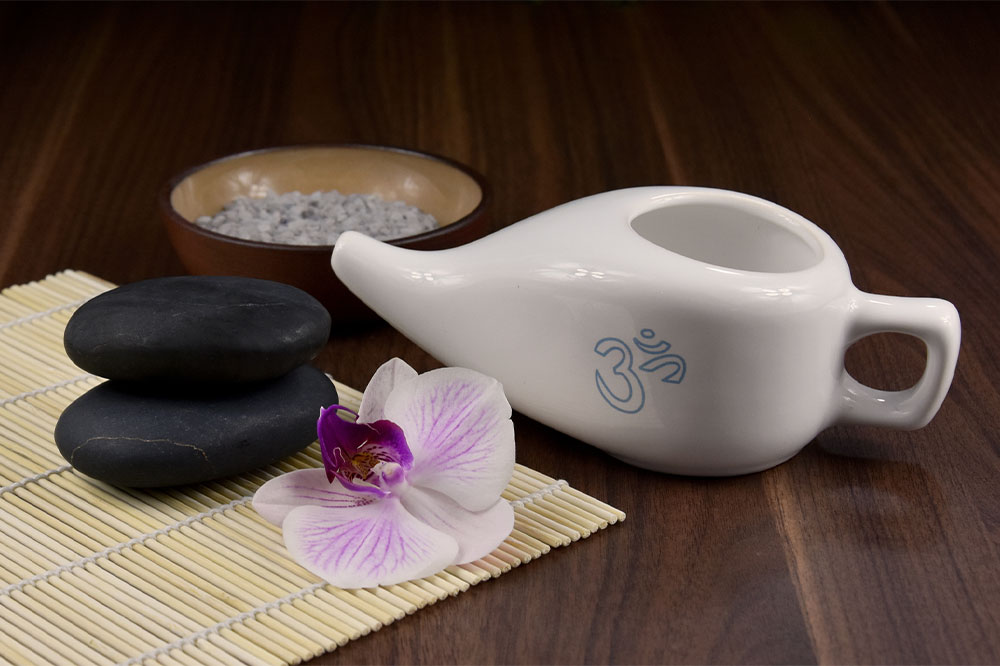6 similar and easy-to-miss signs of Parkinson’s and TD

Parkinson’s disease and Tardive Dyskinesia (TD) are two distinct neurological conditions, but they share some common signs and symptoms that can easily be overlooked or misattributed. While each disorder has unique characteristics, the overlapping nature of these symptoms can complicate the diagnostic process. This article delves into the signs of Parkinson’s and TD that are similar and easy to miss, shedding light on the importance of accurate diagnosis and timely intervention.
Understanding Parkinson’s disease
Parkinson’s disease is a progressive neurological disorder that primarily affects movement. The gradual degeneration of dopamine-producing neurons in the brain characterizes it. Dopamine is a neurotransmitter that transmits signals that control muscle movement and coordination. Parkinson’s disease is progressive, meaning symptoms worsen over time. Initially, symptoms may be mild and easily missed, but they gradually become more noticeable and debilitating.
Understanding TD
TD, on the other hand, is a neurological disorder induced by prolonged use of certain treatments. It manifests as involuntary and repetitive movements, often in the face and other body parts. TD is related to disturbances in the dopamine pathway, similar to Parkinson’s, although the causes differ. TD can also progress, especially if the causative treatment is not discontinued. Initially, TD symptoms may be mild and go unnoticed, but they can become more pronounced if the underlying cause is not addressed.
Here are six shared signs of these conditions that can be easy to miss:
1. Tremors
One of the hallmark signs of Parkinson’s is resting tremors. These involuntary rhythmic movements usually occur when the individual rests and subsides during purposeful movement. The tremors often begin in one hand and can progressively affect other limbs.
TD can also present with tremors, although they are typically more subtle than those seen in Parkinson’s. These tremors are often called “pill-rolling” tremors because they resemble the motion of rolling a pill between the fingers.
2. Rigidity
Individuals with Parkinson’s disease often experience muscle stiffness and rigidity. This stiffness can make everyday activities, such as walking or getting out of bed, more challenging. The muscles become resistant to movement, leading to a distinctive “cogwheel” or “lead pipe” rigidity.
TD can also cause muscle stiffness, though it may not be as pronounced as in Parkinson’s. The rigidity in TD can manifest as more generalized muscle tension, making it less conspicuous but still impactful in daily life.
3. Bradykinesia (slow movement)
Bradykinesia refers to the slowness of movement characteristic of Parkinson’s disease. People with Parkinson’s may find it difficult to initiate and complete movements, making tasks like buttoning a shirt or walking a slow and challenging process.
TD can also lead to bradykinesia, albeit to a milder extent. People with TD may exhibit slowed movements, especially when performing fine motor tasks or transitioning between different movements.
4. Facial expressions
The loss of facial expression, or “masked face,” is a distinctive feature of Parkinson’s disease. Reduced mobility of the facial muscles can give individuals with Parkinson’s a fixed, emotionless appearance.
TD can also affect facial expressions but in a different way. TD often presents with involuntary facial movements, such as grimacing or repetitive blinking, which can be mistaken for simple tics rather than a neurological disorder.
5. Speech and swallowing difficulties
Parkinson’s can impair speech and swallowing functions. Individuals may speak softly, with a monotone voice, or experience slurred speech. Swallowing difficulties, known as dysphagia, can also occur, leading to the risk of choking or aspiration.
TD can occasionally lead to speech difficulties, but these are generally milder than those observed in Parkinson’s. Swallowing issues are less common in TD.
6. Balance and posture
Impaired balance and posture are frequent in Parkinson’s disease. Individuals may stoop forward or have difficulty maintaining an upright posture, increasing the risk of falls.
TD typically has less impact on balance and posture, but subtle changes may still occur, particularly if the disorder affects the neck or trunk muscles.
Parkinson’s disease and TD, though distinct neurological conditions, share several similar signs and symptoms that can be challenging to differentiate. It is crucial to consult a healthcare professional when these signs become apparent, as early diagnosis and intervention are essential for both conditions. Understanding the similarities and differences between Parkinson’s and TD can aid in timely diagnosis and improved management, ensuring that individuals receive the appropriate care and support they need to enhance their quality of life.






